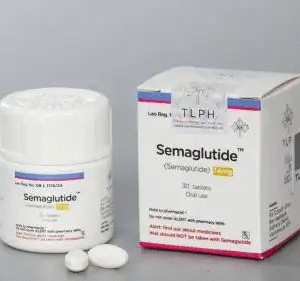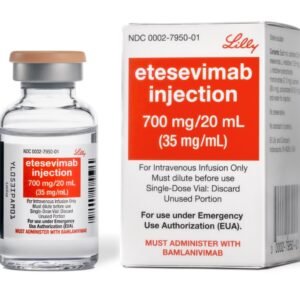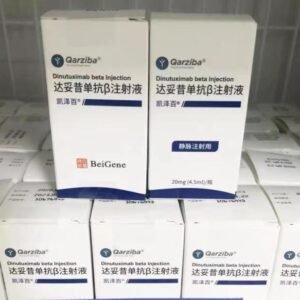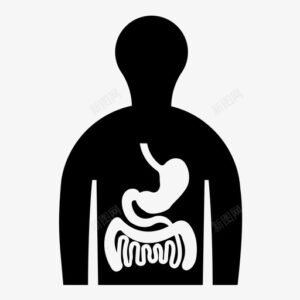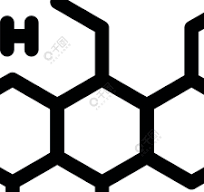Cefuroxime Sodium for Injection
Effects and efficacy: This product can be used for the following infections caused by bacteria sensitive to cefuroxime: Respiratory tract and ear, nose and throat infections caused by Streptococcus pneumoniae, Haemophilus influenzae (including ampicillin-resistant bacteria), Klebsiella, Staphylococcus aureus (penicillinase-producing bacteria and non-penicillinase-producing bacteria), Streptococcus pyogenes and Escherichia coli. Urinary tract infections caused by Escherichia coli and Klebsiella. Skin and soft tissue infections caused by Staphylococcus aureus (penicillinase-producing bacteria and non-penicillinase-producing bacteria), Streptococcus pyogenes, Escherichia coli, Klebsiella and Enterobacter. Meningitis caused by Streptococcus pneumoniae, Haemophilus influenzae (including ampicillin-resistant bacteria), Neisseria meningitidis and Staphylococcus aureus (penicillinase-producing bacteria and non-penicillinase-producing bacteria). Sepsis caused by Staphylococcus aureus (penicillinase-producing bacteria and non-penicillinase-producing bacteria), Streptococcus pneumoniae, Escherichia coli, Haemophilus influenzae (including ampicillin-resistant bacteria) and Klebsiella. Gonorrhea caused by Neisseria gonorrhoeae (penicillinase-producing bacteria and non-penicillinase-producing bacteria) simple (without complications) and gonorrhea with complications, especially for those who are not suitable for penicillin treatment. Bone and joint infections caused by Staphylococcus aureus (penicillinase-producing bacteria and non-penicillinase-producing bacteria). This product can be used before or during surgery to prevent the growth of sensitive pathogens and reduce infections caused by contamination during and after surgery. Such as prevention of infection in abdominal pelvic and orthopedic surgery, heart, lung, esophageal and vascular surgery, and total joint replacement surgery.
Usage and Dosage:
The usual dose of this product for adults is 0.75g-1.50g once, once every 8 hours, and the course of treatment is 5-10 days. For life-threatening infections or infections caused by rare sensitive bacteria, a dose of 1.5g should be used every 6 hours. For bacterial meningitis, the dose should not exceed 3.0g every 8 hours. For simple gonorrhea, a single dose of 1.5g should be injected intramuscularly, which can be divided into two buttocks, and 1.0g of probenecid should be taken orally at the same time. Prevention of surgical infection: 1.5g of this product should be injected intravenously 0.5-1.5 hours before surgery. If the operation time is too long, 0.75g should be injected intravenously or intramuscularly every 8 hours. If it is a thoracotomy, 1.5g should be injected intravenously with the introduction of anesthetics; then it should be administered every 12 hours, with a total dose of 6.0g. For children over 3 months old, 50-100mg per kilogram of body weight per day, divided into 3-4 doses. For severe infections, the dosage should not be less than 0.1g per kilogram of body weight per day, but should not exceed the maximum dose used by adults. For bone and joint infections, 0.15g per kilogram of body weight per day (not exceeding the maximum dose used by adults) should be administered in 3 doses. Patients with meningitis take 0.20-0.24g per kilogram of body weight per day, divided into 3-4 doses. The maximum daily dose for children is no more than 6.0g. For patients with renal insufficiency, the dosage interval of creatinine clearance (ml/min)>20, 0.75-1.50g every 8 hours; creatinine clearance 10-20, 0.75g every 12 hours; creatinine clearance <10, 0.75g every 24 hours. The same drugs produced by different manufacturers may have inconsistent instructions. If you find inconsistent instructions before taking the medicine, please consult a doctor or pharmacist in time.
Adverse reactions:
This product is well tolerated. Common adverse reactions include: local reactions: such as thrombophlebitis, etc.; gastrointestinal reactions: such as diarrhea, nausea, pseudomembranous colitis, etc.; allergic reactions: common rash, itching, urticaria, etc. Occasionally, allergic reactions, drug fever, erythema multiforme, interstitial nephritis, toxic exfoliative dermatitis, and Stevens-Johnson syndrome may occur; Blood: decreased hemoglobin and hematocrit, transient eosinophilia, transient neutropenia and leukopenia, etc., and occasionally thrombocytopenia may occur; Liver function: transient increases in ALT, AST, alkaline phosphatase, lactate dehydrogenase, and serum bilirubin may occur; Others: vomiting, abdominal pain, conjunctivitis, vaginitis (including vaginal candidiasis), abnormal liver function (including cholestasis), aplastic anemia, hemolytic anemia, bleeding, epilepsy, prolonged prothrombin time, various blood cell reductions, agranulocytosis, etc.
Drug contraindications:
Allergic reactions to this product are prohibited. Alcohol use is prohibited. Liver function damage is prohibited. Allergic reactions to this product are prohibited. Use with caution during pregnancy and lactation.
Share:
Products
Our offers
Health Classification
Let us work together to protect precious health





